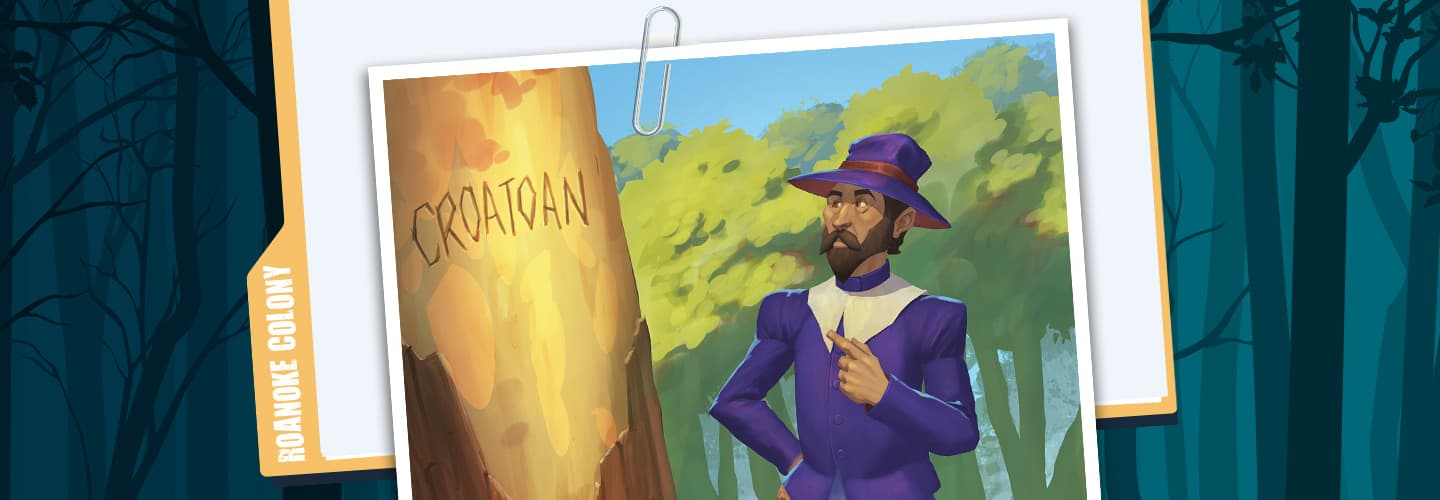Dawson is certain that the colonists went to live with the Croatoan. Though no one has found the settlers’ graves, many English objects from the 1600s have been discovered on Hatteras Island. Then last year, researchers there found iron flakes called hammer scale. The material is produced during blacksmithing, the process of turning metal into weapons and tools.
“None of the Native people knew how to blacksmith,” Dawson says. If the colonists hadn’t moved to Hatteras Island, he asks, how would hammer scale have ended up there?
But not all experts agree. Archaeologist Charles Ewen points out that blacksmithing would have required a special type of fireplace called a hearth. But no hearth has been found nearby. Ewen says it’s possible that the flakes were left behind by settlers or explorers other than the Roanoke colonists.
Over the years, researchers have found other artifacts that they claim prove one hypothesis or another (see “Solving the Mystery”). But Ewen and other experts are skeptical.
“Incredible, fantastic claims require incredible data to go with them,” Ewen explains. “And I just don’t see it.”
He believes we’ll find concrete proof one day. Until then, the fate of the lost colony remains a mystery.

